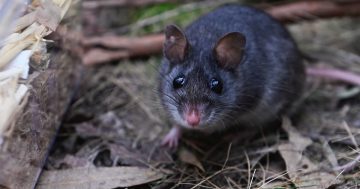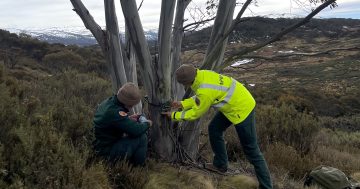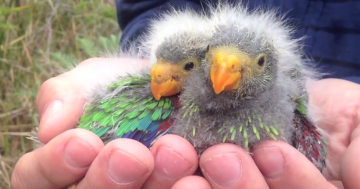 The National Parks and Wildlife Services’ (NPWS) Saving out Species (SoS) program is to test if water sprinklers can reduce the effects of heat stress on flying-foxes.
The National Parks and Wildlife Services’ (NPWS) Saving out Species (SoS) program is to test if water sprinklers can reduce the effects of heat stress on flying-foxes.
Manager of Threatened Species Conservation with SoS, Linda Bell said that during the 2019–2020 summer over 72,000 grey-headed flying-foxes were estimated to have died in extreme heat events.
“Sadly, this is part of an escalating trend for this threatened species,” Ms Bell said.
“Flying-foxes feed on nectar and pollen and travel vast distances and are also able to disperse larger seeds,” she said.
“This makes them vital to the health and regeneration of our native forests, especially the hardwood forests our timber industry depends on.”
Ms Bell said SoS had partnered with World Animal Protection, Campbelltown City Council and Western Sydney University (WSU) to deliver the project.
“This ground-breaking research project will determine whether sprinklers can reduce temperature-related deaths in flying-fox camps and, if so, how they can be configured to provide the best possible result for this threatened species,” she said.
Leader of the Lab of Animal Ecology at Western Sydney University, Justin Welbergen said his team was able to gather temperature and humidity data across a flying-fox camp at different heights in the canopy, thermal data from a drone and behavioural data.
“These data allow us to determine the responses of flying-foxes to different temperatures and humidity regimes, and the effects the sprinklers have on them,” Associate Professor Welbergen said.











